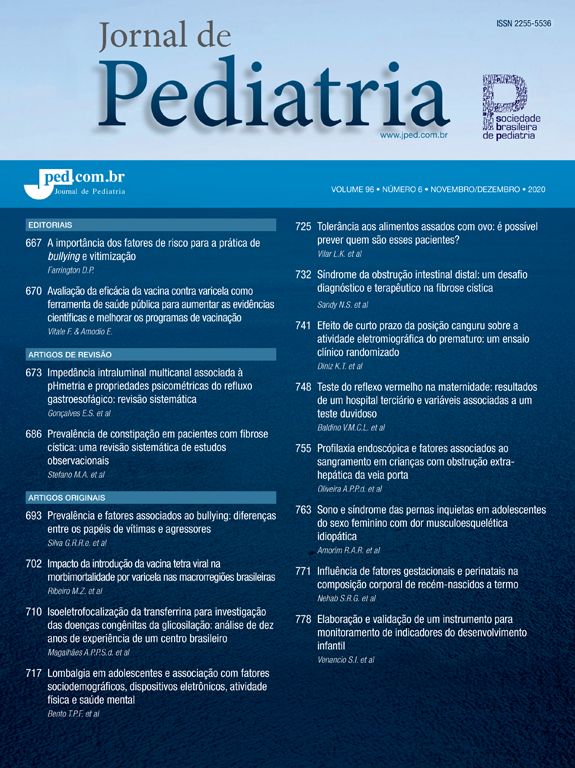The influence of the nutritional status and other prognostic factors on the survival of 43 children with non-Hodgkin's lymphoma was investigated in a retrospective study. The median age was 5.3 years. Most children had advanced abdominal disease and Rappaport's diffuse undifferentiated type. The median time of follow-up was 4.7 years (0.1 to 12.9 years). The estimated probability of 5 and 10-year survival was 69% ± 7%. The unfavorable prognostic factors were metabolic disturbances, treatment with the LSA2L2 protocol, unresectable tumoral mass, age below 2 years and stage III or IV disease. The nutritional status did not influence the outcome. Eight children died within the first days of hospital admission; five had extensive abdominal Burkitt's type lymphoma with elevated uric acid concentration. All had been treated with nonfractionated high-dose cyclophosphamide in the first four years of the study and had metabolic complications which probably led to their death. The authors conclude that the overall survival is similar to that reported in the literature; the nutritional status did not influence the outcome; the high frequency of early death in the first days of treatment was probably due to the toxic-metabolic effects of nonfractionated high-dose cyclophosphamide, but other adverse factors were clearly associated.
O fator de impacto mede o número médio de citações recebidas em um ano por trabalhos publicados na revista durante os dois anos anteriores.
© Clarivate Analytics, Journal Citation Reports 2025
O CiteScore mede as citações médias recebidas por documento publicado. Mais informação
Ver maisSJR é uma métrica de prestígio baseada na idéia de que todas as citações não são iguais. SJR utiliza um algoritmo similar ao page rank do Google; é uma medida quantitativa e qualitativa ao impacto de uma publicação.
Ver maisSNIP permite comparar o impacto de revistas de diferentes campos temáticos, corrigindo as diferenças na probabilidade de ser citado que existe entre revistas de distintas matérias.
Ver mais







